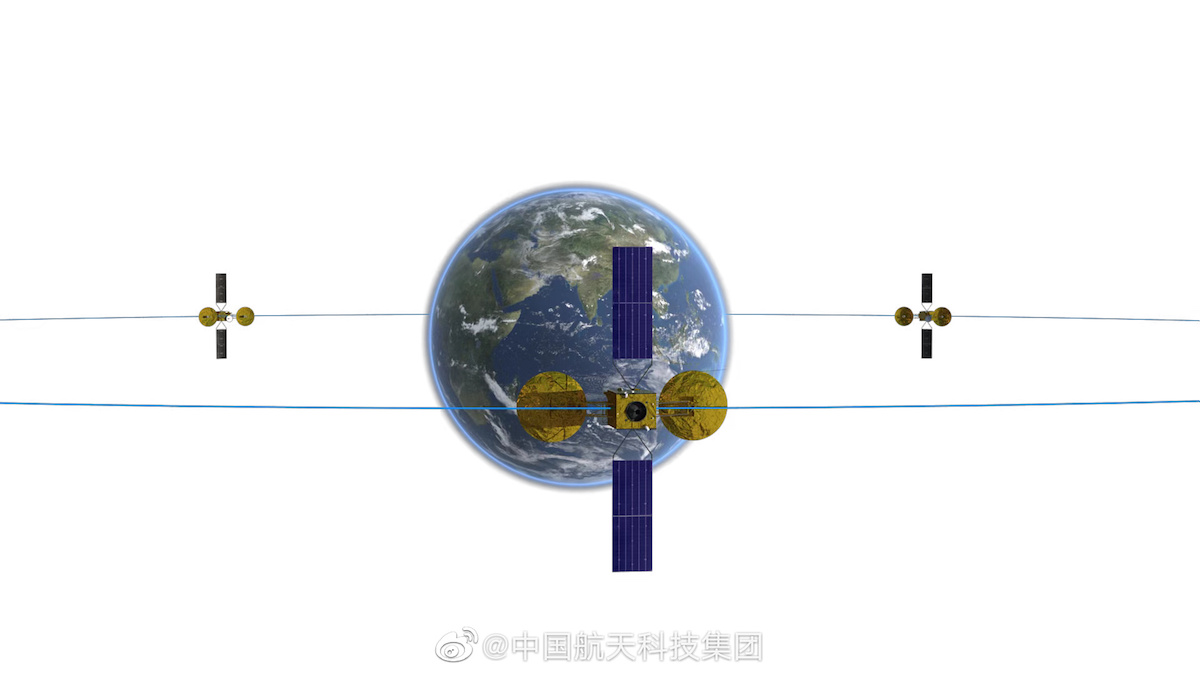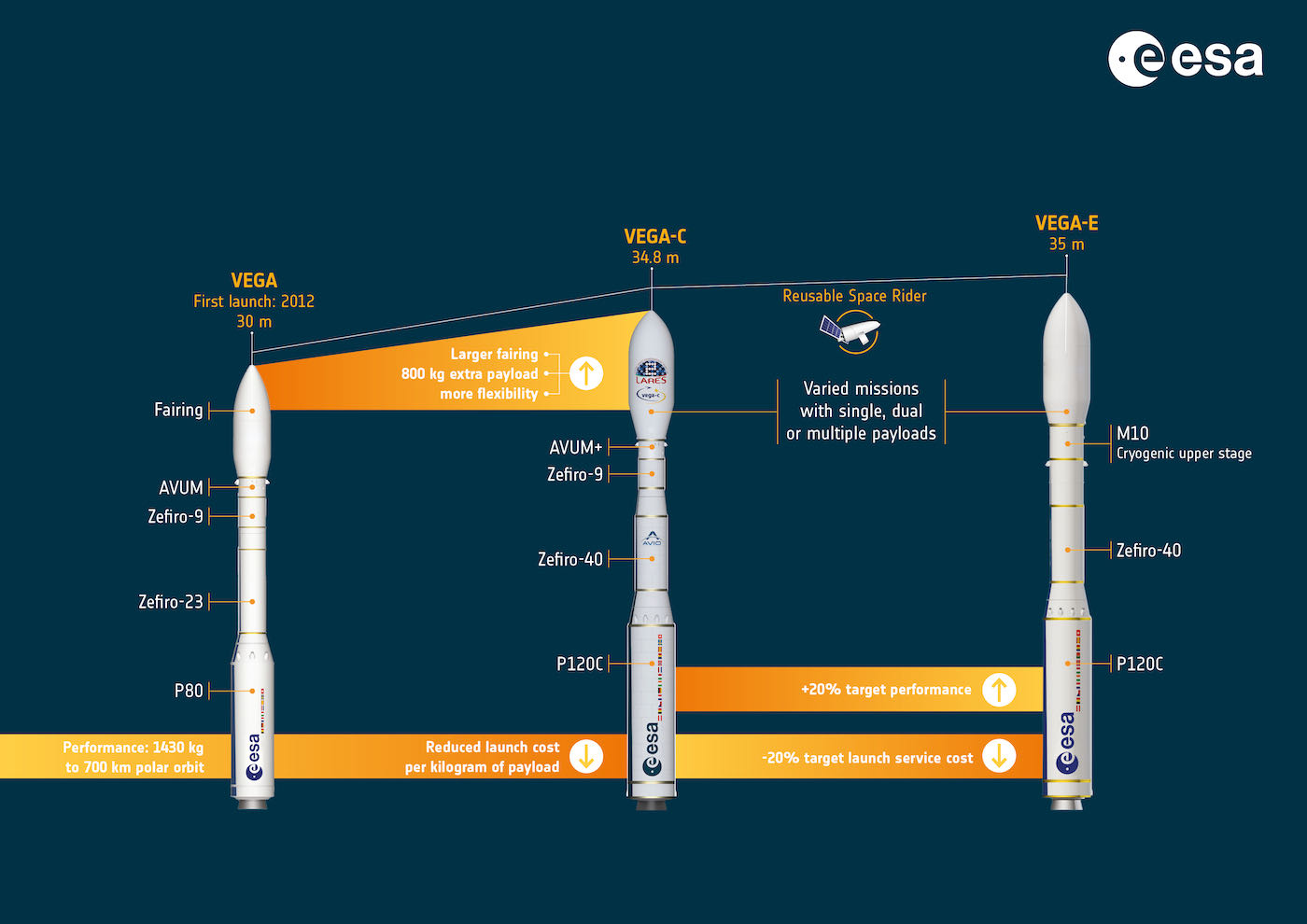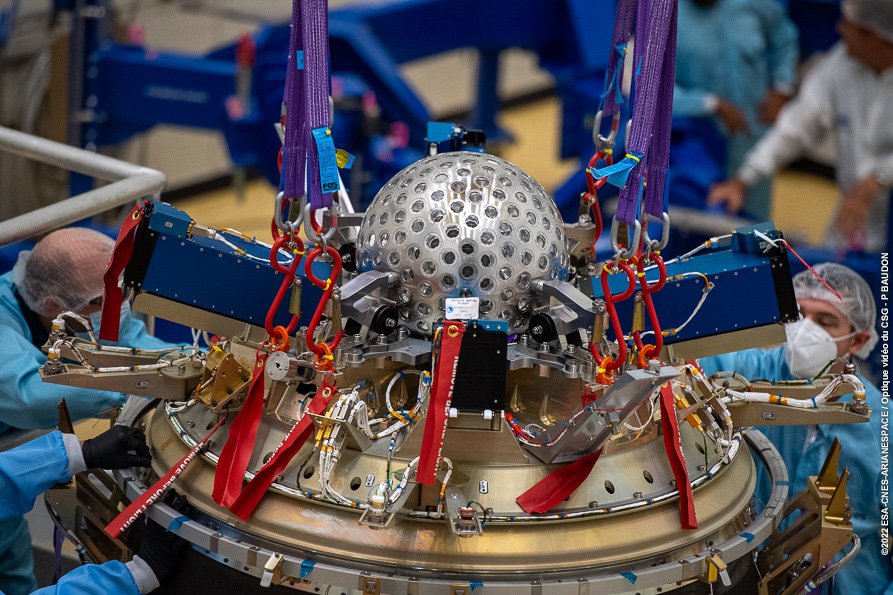SpaceX will launch a cargo mission to the International Space Station on Thursday night (July 14), and you can watch it live.
Space News & Blog Articles
The James Webb Space Telescope made Maryland the center of the universe for a day. Here's what it was like.
Long before I arrived at the James Webb Space Telescope's image release event, I knew the telescope's images would be breathtaking. They still left me speechless.
Explore the Artemis program with All About Space magazine
All About Space issue 132 takes a detailed look at the ambitious Artemis program, explores dark energy and shines the spotlight on a potential solar system intruder.
Camera deals: Discounts on models from Nikon, Sony, Fujifilm and others
A one-stop shop for the best camera deals on the market, including Amazon Prime day deals that are still left.
A Star Came too Close to a Black Hole and was Torn Apart. Surprisingly Little Actually Went In
What happens when a star wanders too close to a supermassive black hole? The obvious story is that it gets sucked in, never to be seen again. Some of its material gets superheated on the way in and that gives off huge amounts of radiation—usually X-rays. That’s not a wrong explanation, just incomplete. There’s more to the story, thanks to a team of astronomers at the University of California at Berkeley. They used a specialized spectrograph at Lick Observatory to study a tidal disruption event. That’s where a star encountered a black hole. What they found was surprising.
Watching a Doomed Star Swirl Away
Supermassive black holes are found in galaxies throughout the universe. When a star wanders close to one, strange things happen. The gravitational pull rips the star apart and stretches some of its material in a process called “spaghettification. Recent studies of tidal disruption events suggest that other things happen, too. For example, intense winds flowing outward from the event send some of the doomed star’s material out to space. It’s all part of its weirdness.
When a star (red trail) wanders too close to a black hole (left), it can be shredded, or spaghettified, by the intense gravity. Some of the star’s matter swirls around the black hole, like water down a drain, emitting copious X-rays (blue). But, some of it makes a cloud with interesting properties. (Image credit: NASA/CXC/M. Weiss)
“One of the craziest things a supermassive black hole can do is to shred a star by its enormous tidal forces,” said team member Wenbin Lu, UC Berkeley assistant professor of astronomy. “These stellar tidal disruption events are one of very few ways astronomers know the existence of supermassive black holes at the centers of galaxies and measure their properties. However, due to the extreme computational cost in numerically simulating such events, astronomers still do not understand the complicated processes after a tidal disruption.”
That’s why studying an actual star as it meets its doom is so important. The Berkeley group zeroed in on one that got too close to a black hole in an event called “AT2019qiz”. The disaster occurred some 215 million light-years away from Earth in a spiral galaxy in the constellation Eridanus. As the star spiraled into the accretion disk, it got shredded. Then something wonderfully unexpected happened. And, it took some special effort to see it.
China launches Tianlian data relay satellite
A Long March 3B rocket lifts off with the Tianlian 2-03 data relay satellite. Credit: CASC
China launched the eighth satellite for its Tianlian data relay network in geostationary orbit on a Long March 3B rocket Tuesday, adding capacity to a constellation linking mission controllers with the Chinese space station and other low-orbiting spacecraft.
The Tianlian 2-03 satellite launched at 12:30 p.m. EDT (1630 GMT) Tuesday from the Xichang space center in a mountainous region of China’s southwestern Sichuan province. The launch occurred at 12:30 a.m. Beijing time Wednesday, according to the China Aerospace Science and Technology Corp., or CASC.
The spacecraft rode into orbit on top of a Long March 3B rocket, a launcher that burns toxic hydrazine fuel and nitrogen tetroxide as oxidizer. The hypergolic propellants ignite upon contact with each other.
The 185-foot-tall (56.3-meter) Long March 3B rocket generated about 1.3 million pounds of thrust at liftoff from its four core stage engines and four liquid-fueled strap-on boosters. The Long March 3B arced downrange east from the Xichang launch base, and jettisoned its core stage and boosters in the first three minutes of the flight.
A second stage burned for three minutes, then separated to allow the Long March 3B’s cryogenic third stage to light its hydrogen-fueled engine two times.

Europe’s Vega-C launcher successful on inaugural flight
Europe’s Vega-C launcher lifts off from Kourou, French Guiana. Credit: ESA/CNES/Arianespace/S. Martin
The excitement of Europe’s successful inaugural launch of its Vega-C rocket Wednesday was palpable at the launch site in French Guiana as the countdown went into two technical holds during the two-hour window.
Flight VV21 finally lifted off from Europe’s Spaceport in French Guiana at 9:13 a.m. EDT (10:13 Kourou local time; 1313 GMT) on a mission lasting two hours and 15 minutes from launch to release of the final payload and final burn of the AVUM+ upper stage engine.
Total payload mass at liftoff was approximately 474 kilograms (1,045 pounds): 296 kilograms (652 pounds) for LARES-2, with the remainder being the six CubeSats, payload adapters and carrying structures.
In a post-launch press briefing there was a tangible sense of relief that the first launch had gone without a hitch, putting Europe on the road to a new generation of low cost and flexible space access.
Liftoff of the inaugural flight of Europe’s new Vega-C launcher, debuting upgraded solid rocket motors and carrying an Italian research satellite into orbit to perform tests of general relativity. https://t.co/CMihvzeBt4 pic.twitter.com/FuqTbbASBC


Europe ending cooperation with Russia on life-hunting Mars rover
It's official: Russia will no longer be a partner on Europe's life-hunting Mars rover mission, which is scheduled to launch in the late 2020s.
How galaxies form: Theories, variants and growth
Our best current theory about how galaxies form involves gravity, dark matter and mergers.
NASA mission to monitor dust in Earth's atmosphere will blast off with SpaceX this week
A new NASA mission will watch over dust-ups from orbit to quantify their effect on Earth's climate.
Red lightning: The electrifying weather phenomenon explained
All you need to know about the elusive atmospheric phenomena called red sprites, blue jets and elves.
Highlights of the inaugural Vega-C launch
Video: 00:02:35
ESA’s newest launch system has faced its first full validation test, carrying LARES-2, a scientific mission of the Italian space agency ASI, and a secondary payload package of French, Italian and Slovenian research CubeSats.
Twitter sues Elon Musk to hold him to $44 billion purchase deal
Twitter filed a lawsuit against Elon Musk on Tuesday (July 12) seeking to hold the SpaceX and Tesla chief to his agreement to buy the social media company for $44 billion.
Space.com's top 20 Prime Day deals: telescopes, binoculars, cameras and more
We've rounded up the top 20 deals on space-related gear from telescopes to cameras and binoculars to star projectors.
Perseverance Mars rover collects its 10th rock sample
NASA's Perseverance Mars rover has collected its 10th sample as it continues searching for the most promising rocks that might harbor traces of life for a future mission to return to Earth.
What's next for the James Webb Space Telescope?
Now that the world has gotten a glimpse of what the James Webb Space Telescope is capable of, astronomers around the world await their opportunity to pore over the data gathered by the telescope.
Mysterious cosmic 'heartbeat' detected billions of light-years from Earth
The emission of fast radio bursts has been a mystery since their detection 15 years ago. A new strong and repeating signal points to rapidly spinning neutron stars as the source of these bright bursts of radiation.
Beginner astronomers save 24% on the Celestron PowerSeeker EQ telescope bundle
The perfect beginner Celestron telescope for entry-level, bargain-hunting astronomers now with 24% off during Prime Day.
Europe's new Vega C rocket launches 7 satellites on debut mission
A Vega C rocket lifted off from Europe's Spaceport in Kourou, French Guiana on Wednesday (July 13) after a two-hour delay at 9:13 a.m. EDT (1313 GMT), carrying seven satellites to Earth orbit.

